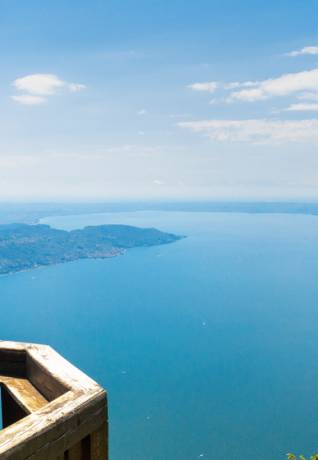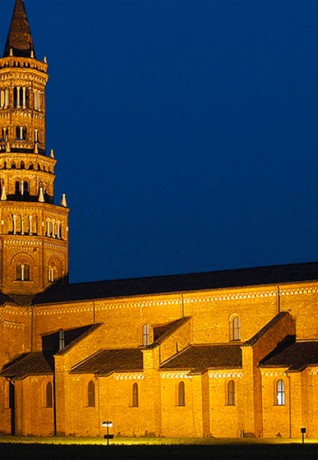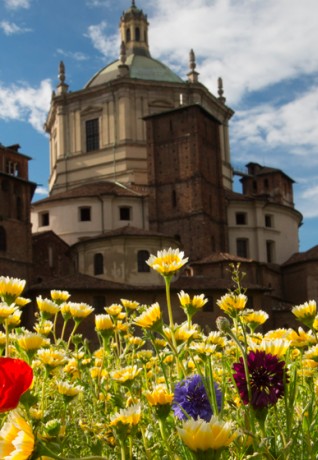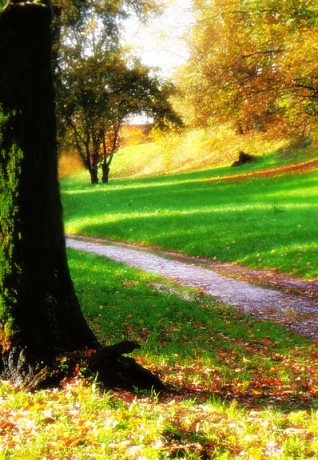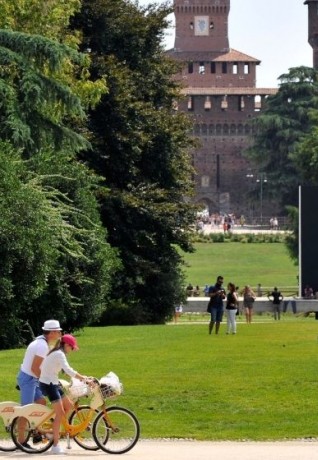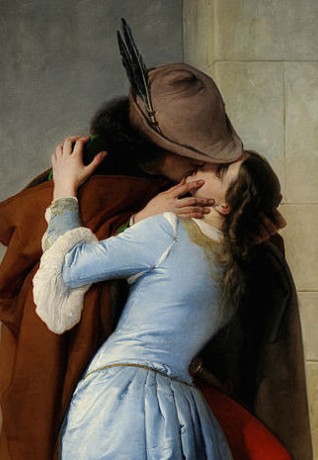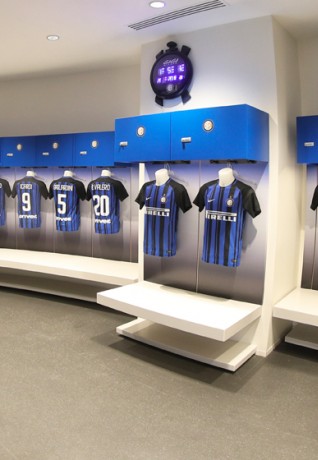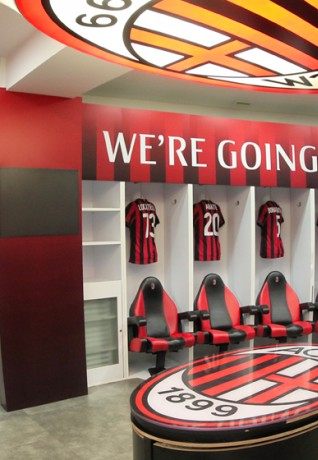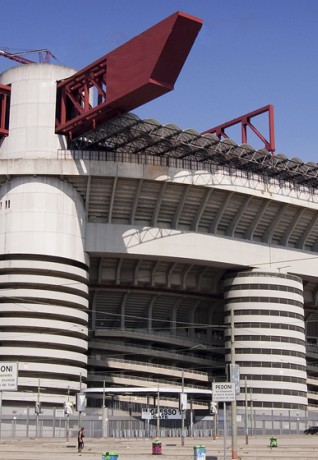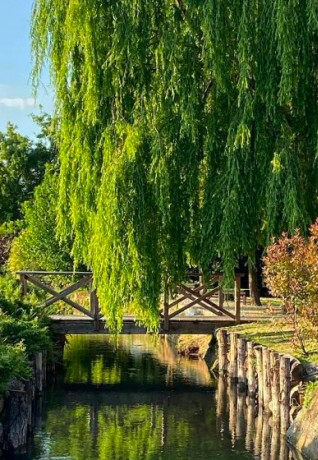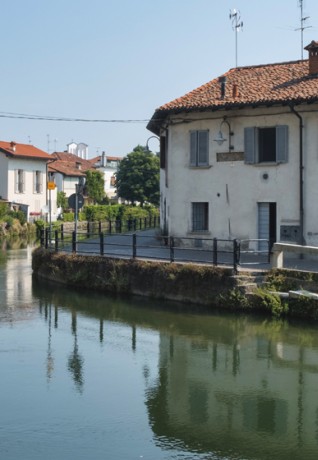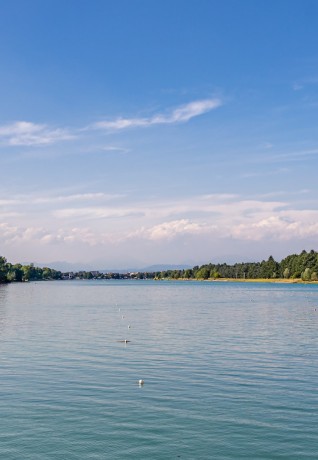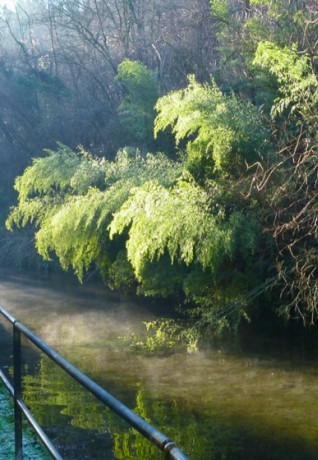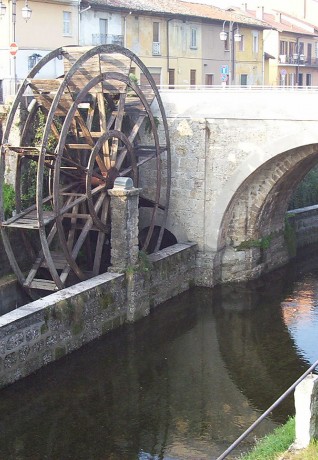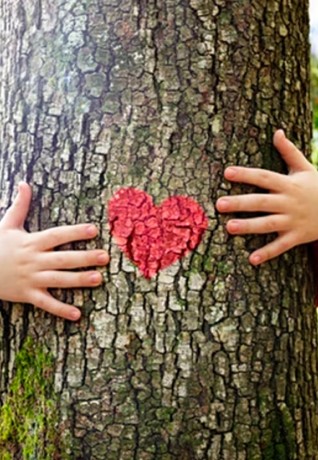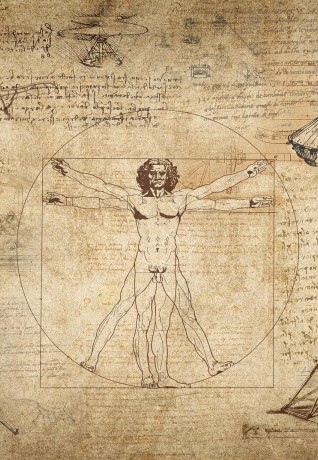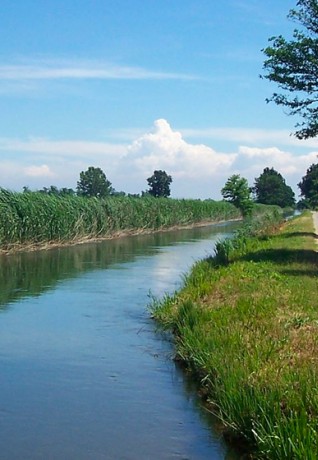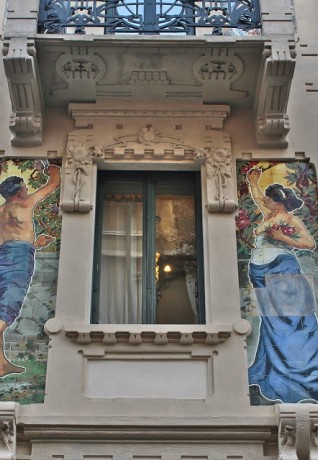Art Nouveau in Milan - Porta Magenta
Cycling itinerary
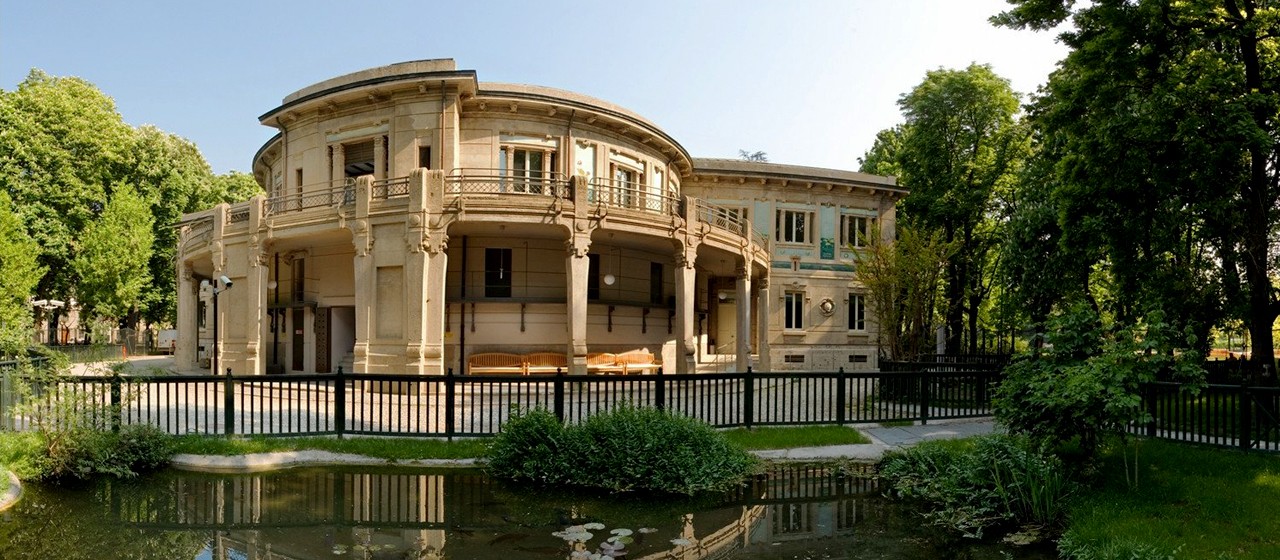
There are three areas in the city where Milano’s Art Nouveau can be seen in all its splendour: Porta Venezia, Porta Vittoria and Porta Magenta: let us set off for a ride to visit the last on the list, the Porta Magenta district.
We start from the Municipal Aquarium at 2, via Gadio. In 1906, Milano hosted the International Expo which had transport as its main theme and was organised to celebrate the opening of the Simplon Tunnel. Some of the 225 buildings built for the occasion were constructed in Parco Sempione. The only surviving building is the one currently housing the Municipal Aquarium. The exterior has a beautiful Art Nouveau façade with aquatic-themed decorations and whimsical details, such as the exotic hippo head fountain dominated by the sea god Neptune.
Now continue along Viale Gadio and turn left into via Paleocapa towards piazzale Cadorna. At the Piazza Virgilio roundabout, take the 2nd exit into Via Vincenzo Monti and then turn left in Via Aurelio Saffi where many examples of Art Nouveau can be admired.
At n. 8, Casa Bosisio displays a style at the same time simple and refined thanks to the use of terracotta bricks. At n. 9, Casa Dugnani has floral decorations that adorn the upper part only but embellish the entire building. Constructed in 1902, the Casa can be divided into two parts: the first in smooth ashlar stonework and cement, the second in terracotta and sunflower-decorated tiles, produced by the Richard Ginori company.
At n. 24 and 26 the Binda Castiglioni houses are two residential buildings designed by architect Achille Binda in 1903 and 1904. If the first is simple and characterized by architectural elements that evoke Art Nouveau, the second, in contrast, vaunts a large eye-catching decoration below the roof edge.
Continue along via Saffi to via Gioberti and stop to admire the last stage in our journey, Casa Donzelli at 1, via Gioberti, by Ulisse Stacchini (1903-1904). This is an interesting early example of Art Nouveau for its airy and linear structure; the loggia balconies and ceramic decorations have vibrant floral motifs. The building is visually divided into three vertical dissections where the central one, in exposed brick, contrasts with the two lateral sections in concrete. The entire facade flaunts elaborate wrought iron balconies, while the top floor is crowned by a balcony loggia framed by a horizontal band of yellow-flowered majolica tiles.

 Log in
Log in


